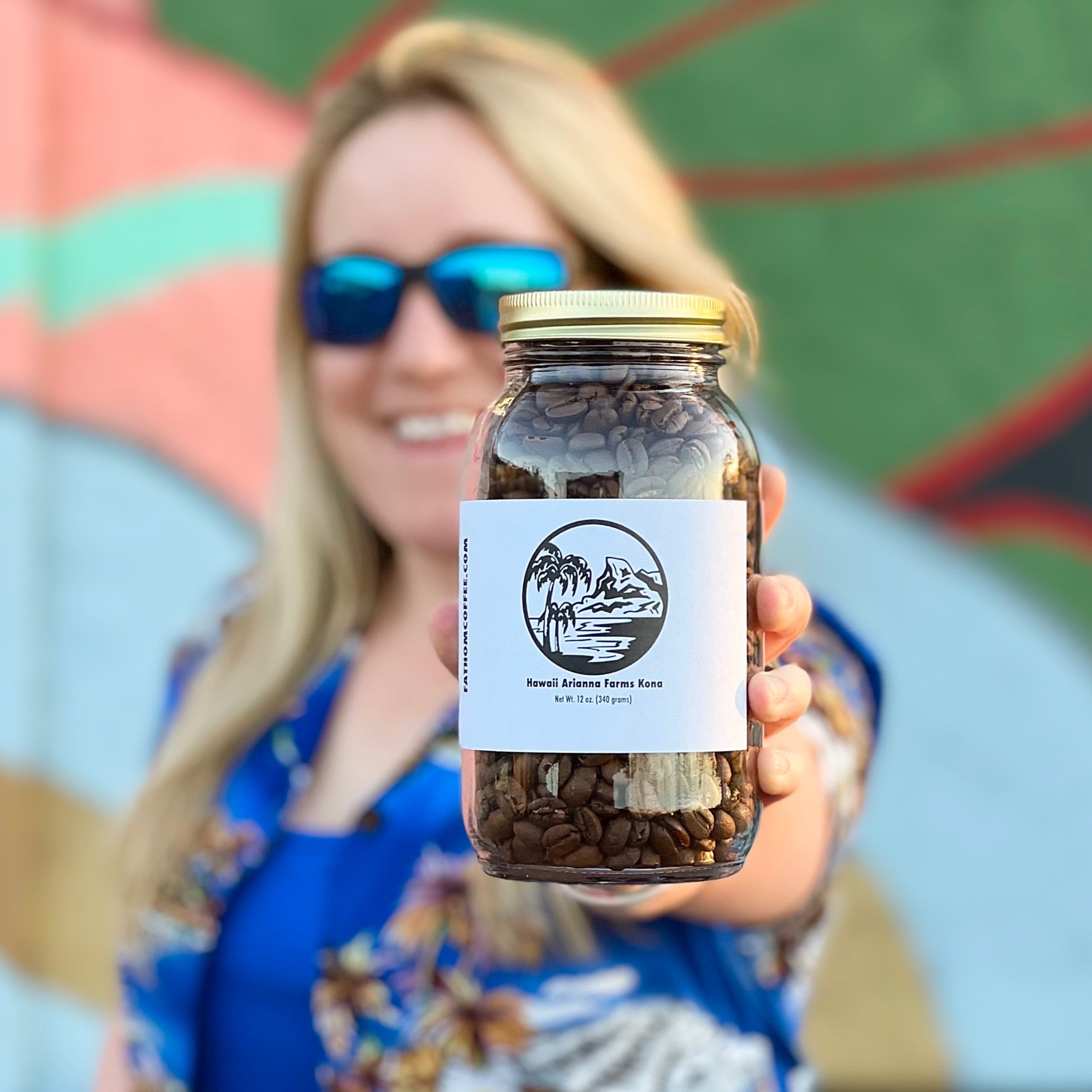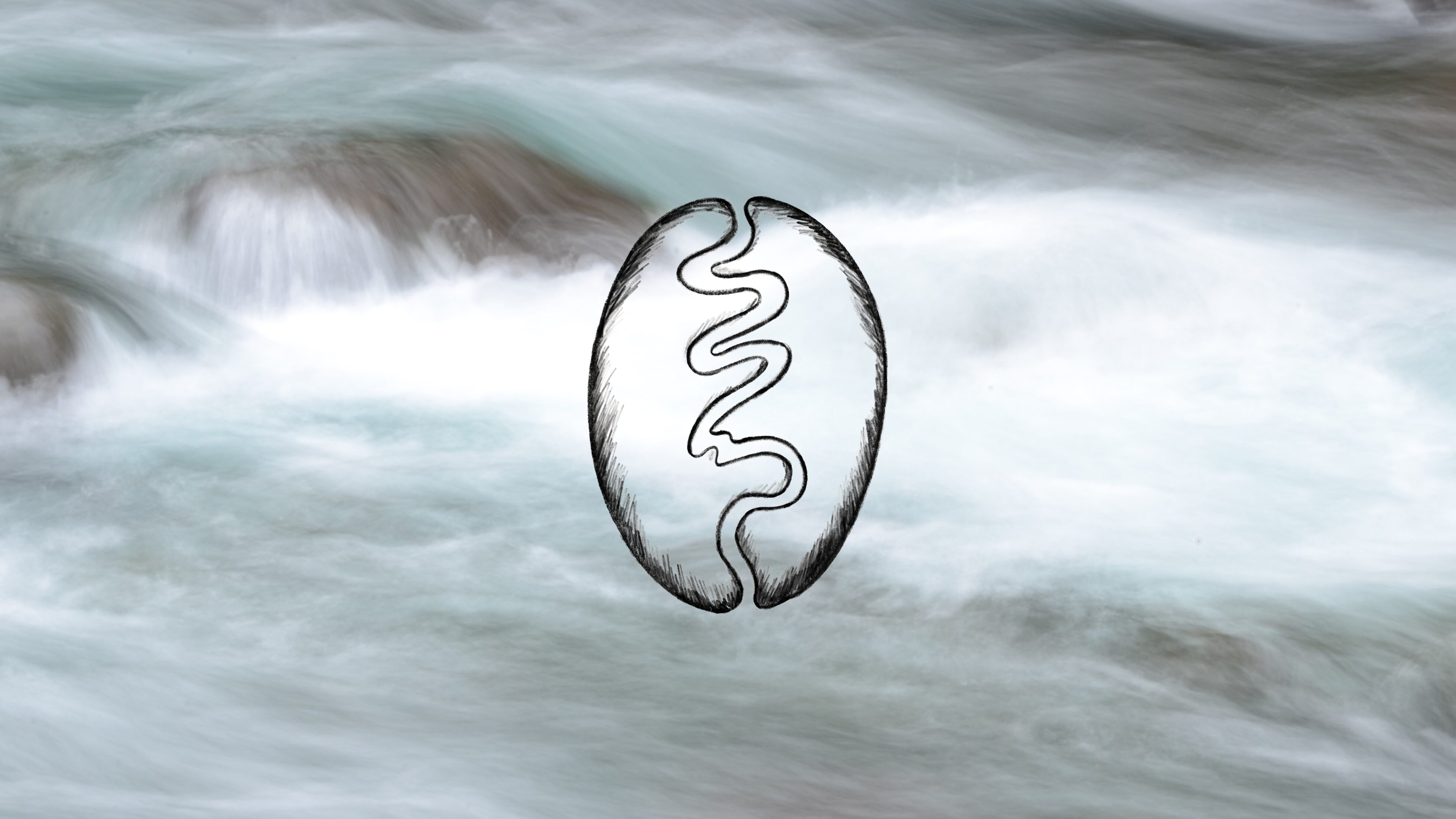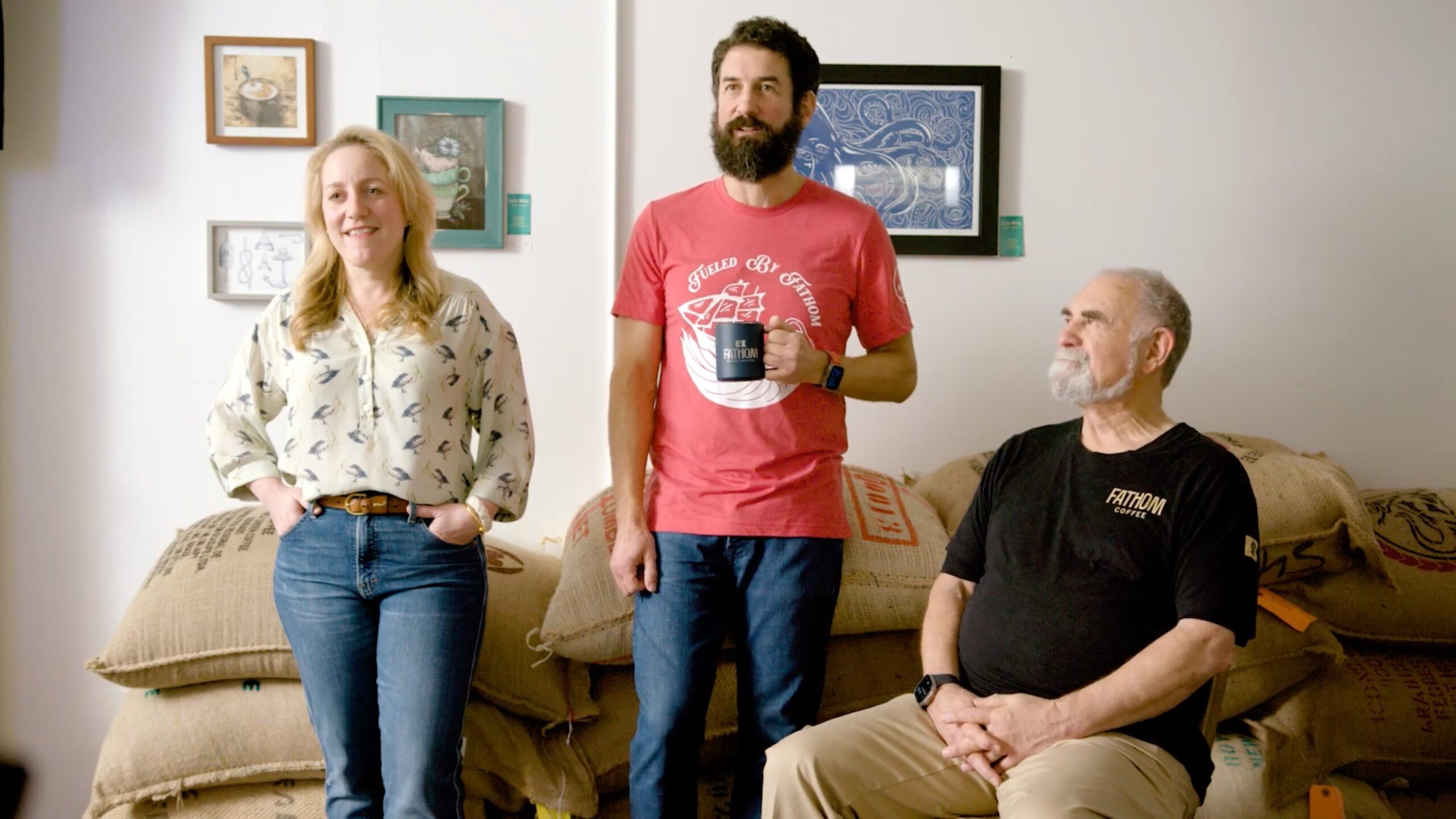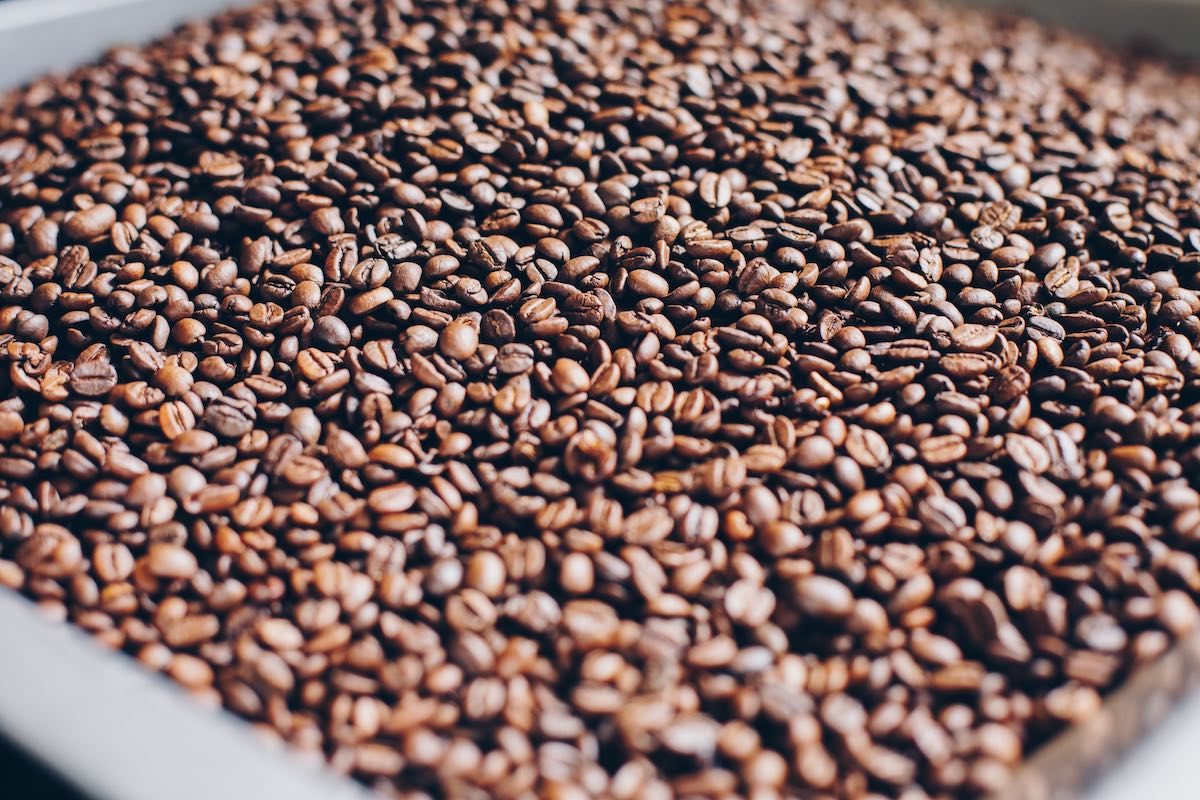Cultivated on the slopes of two active volcanoes in Hawaii, pure Kona coffee is one of the most unique – and expensive – coffees in the world. The Big Island is home to the North and South Kona Districts. These regions experience sunny mornings, rainy afternoons, and mild nights. The volcanic soil is porous and full of minerals, making it ideal for growing coffee.
Kona coffee is enchanting and delicious for many reasons. In this guide, we’ll cover everything from this decadent brew’s rich history to why it demands such a high price tag and how to make the perfect cup at home.
On Deck (Table of Contents)
- What is Hawaiian Kona coffee?
- What’s so special about 100% Kona coffee?
- How Hawaiian Kona Coffee Gets from the Ground to Your Cup
- Why is 100% Kona coffee so expensive?
- What does pure Kona coffee taste like?
- How to Tell if Your “100% Kona” Coffee Is Legitimate
- How to Make the Perfect Cup of Hawaiian Kona Coffee at Home
- Buy 100% Pure Kona Coffee Beans
What is Hawaiian Kona coffee?
Coffee made its debut in the Kona district in 1828. Samuel Reverend Ruggles introduced the Brazilian plant to Hawaii. Later in the 19th century, an English merchant named Henry Nicholas Greenwell established the Kona brand.
After the world coffee market crashed in 1899 and nearly caused the coffee industry to shut down in Hawaii, plantation owners began leasing land to their workers. Initially, many were from Japan. Migrants later joined them from the Philippines, Europe, and mainland America.
Hawaiian coffee farmers have faced extreme ups and downs throughout history. Still, Kona continues using its favorable growing conditions and unique processing methods to produce its iconic “specialty coffee” that connoisseurs worldwide relish today.
Kona now has around 800 coffee farms – with less than five acres each, on average. The farmers preciously cultivate their premium coffee throughout the “Kona Coffee Belt.” That’s the strip of land that runs nearly parallel to Kona’s coast. It has ideal conditions for growing top-quality coffee. Some even claim the natural conditions are the best in the world.
What’s so special about 100% Kona coffee?
Pure Kona coffee is a specialty coffee – the highest grade of coffee available. It’s carefully cultivated in near-perfect growing conditions and uniquely processed. Kona coffee is grown at a high altitude in moderately warm temperatures. It often rains in Hawaii, and the volcanoes allow good soil drainage. The mineral-rich, fertile, and porous soil make Kona coffee stand out from every other coffee plant on the planet.
How Hawaiian Kona Coffee Gets from the Ground to Your Cup
Here are the basic steps Hawaiian farmers take to create the gold standard of coffee:
- Once the coffee cherries are ripe for picking, laborers hand-pick fields several times over for several months. Each coffee tree produces around 10-15 pounds of coffee cherries (which will create about two pounds of roasted coffee).
- Cherries run through a pulper where beans are separated from the rest of the fruit and placed in a fermentation tank for 12-24 hours.
- Beans are rinsed and spread out on a drying rack for one to two weeks – until they reach the desired moisture level.
- Producers classify the beans by grade and sort them for roasting.
- Your local coffee shop may order green beans from Hawaii and roast them in-shop to deliver to you (most frequently) as a medium or medium-dark roast.
Why is 100% Kona coffee so expensive?
Let’s address the elephant in the room – the price. There are several reasons Kona is one of the costliest coffees in the world. The main reason is the cost of labor in Hawaii. Picking coffee beans is labor intensive, and Kona farms pay their workers a lot more than farms in many other countries to meet U.S. minimum wage requirements.
Costs that contribute to the high price of island production, according to one Hawaiian coffee farmer, include:
- High-value land use
- Maintenance
- Fertilizers and other equipment (that may need to ship to Hawaii via ocean barge)
- Labor
- Electrical and gas expenses for roasting
- Bags
- Marketing
- Website
- Taxes
- Mortgage
- Enough “profit” to make a living
Kona coffee is also in high demand, but the island of Hawaii can only produce a limited commodity every year compared to other coffee-growing regions. This also contributes to the higher price. Producers on Kona tend to run small, family-owned farms that produce small batches using traditional methods.
What does pure Kona coffee taste like?
When we say “pure Kona,” we’re talking 100% and no less. Real Kona coffee can vary in taste, just like coffees with other origins. It all depends on the soil makeup, the drying method used, and the roast.
In general, Kona feels creamy and tastes bright and clean. You’ll likely get flavors of fruitiness and hints of nuts and spice. You might also notice brown sugar, honey, or milk chocolate notes. The harmonious flavors come together to make the tasting experience almost heavenly.
How to Tell if Your “100% Kona” Coffee Is Legitimate
When searching for Kona coffee, keep in mind that it only needs to have 10% Kona coffee to be considered “Kona.” 10% Kona is a blend, which is much less expensive than pure Kona. But you’ll notice the difference in taste immediately. Most, if not all, of the flavor notes that make Kona so special won’t come through in a blend.
Watch out for “Kona Style” or “Kona Roast” marketing techniques. These two terms mean the same thing. They can be any type of coffee and often contain 0% Kona coffee. “Kona Blend” labels must have a 10% Kona coffee minimum and are mixed with cheaper coffees. The only way you’ll get the real thing is if you explicitly see 100% Kona on the label.
How to Make the Perfect Cup of Hawaiian Kona Coffee at Home
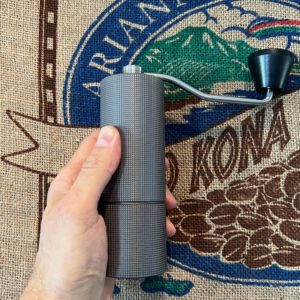 If you have your 100% Kona coffee beans in hand, you’re probably eager to try them. We want to help you prepare them perfectly for maximum flavor so that hard-earned money doesn’t go to waste. Follow these tips to brew your Kona like a pro.
If you have your 100% Kona coffee beans in hand, you’re probably eager to try them. We want to help you prepare them perfectly for maximum flavor so that hard-earned money doesn’t go to waste. Follow these tips to brew your Kona like a pro.
Equipment needed:
- Grinder
- Scale
- Pour over (Chemex or Fellow Stagg Dripper) or French press
- Kettle
- Filtered water to coffee ratio of 18:1 (e.g., 180 grams of water for 10 grams of coffee)
Instructions:
- Heat your water to 201° F.
- Grind your coffee beans to a medium grind if using a pour over or a coarse grind for a French press.
- Brew your coffee using your desired method.
- Grab your favorite coffee mug, pour, and then sip slowly to enjoy all the wonders of pure Kona.
Buy 100% Pure Kona Coffee Beans
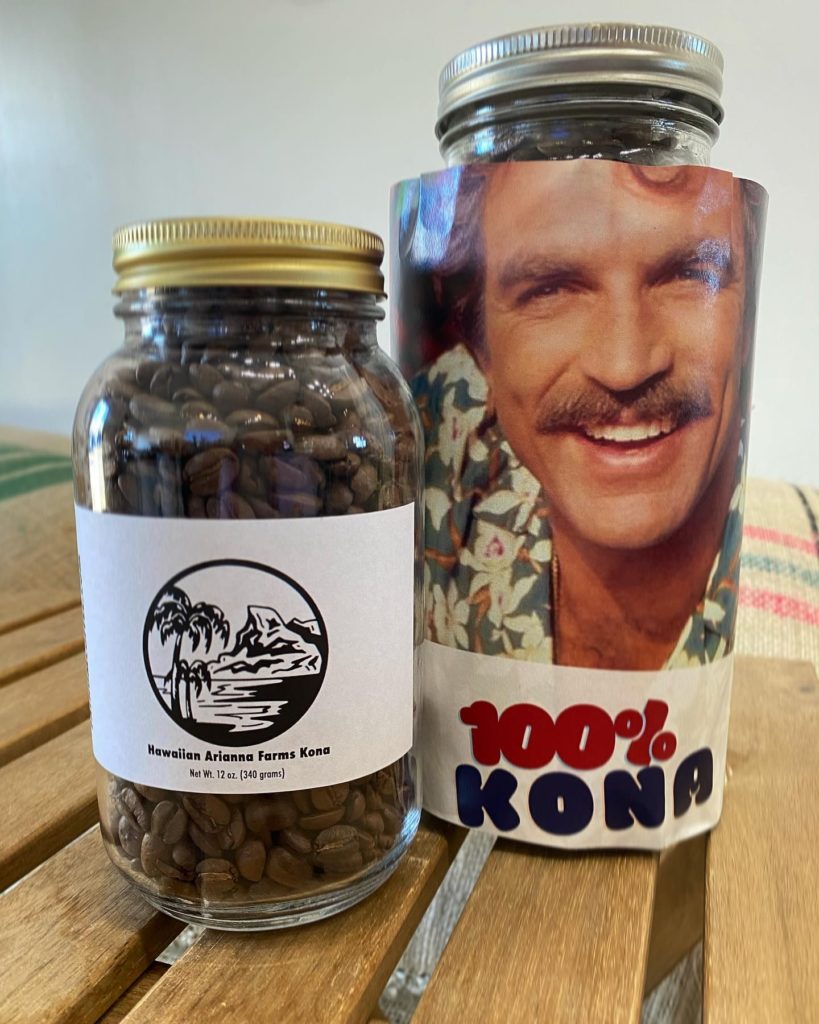 Fathom Coffee sells 100% Kona coffee. Our Hawaiian coffee was grown at Arianna Farms on the slopes of Hualalai Volcano overlooking Kona Bay. The beans are produced sustainably, hand-picked, wet-milled in small batches, and dried on raised beds.
Fathom Coffee sells 100% Kona coffee. Our Hawaiian coffee was grown at Arianna Farms on the slopes of Hualalai Volcano overlooking Kona Bay. The beans are produced sustainably, hand-picked, wet-milled in small batches, and dried on raised beds.
After receiving our green Kona beans, we carefully sort them and roast them to perfection in our shop in Virginia Beach. Our Kona beans are enormous, beautiful, and delicious. Notes of lemon and chocolate shine through, making this coffee unique and unforgettable. If you’re not planning on a trip to Hawaii anytime soon, you can order freshly roasted beans vacuum-sealed in Mason jars online today!
